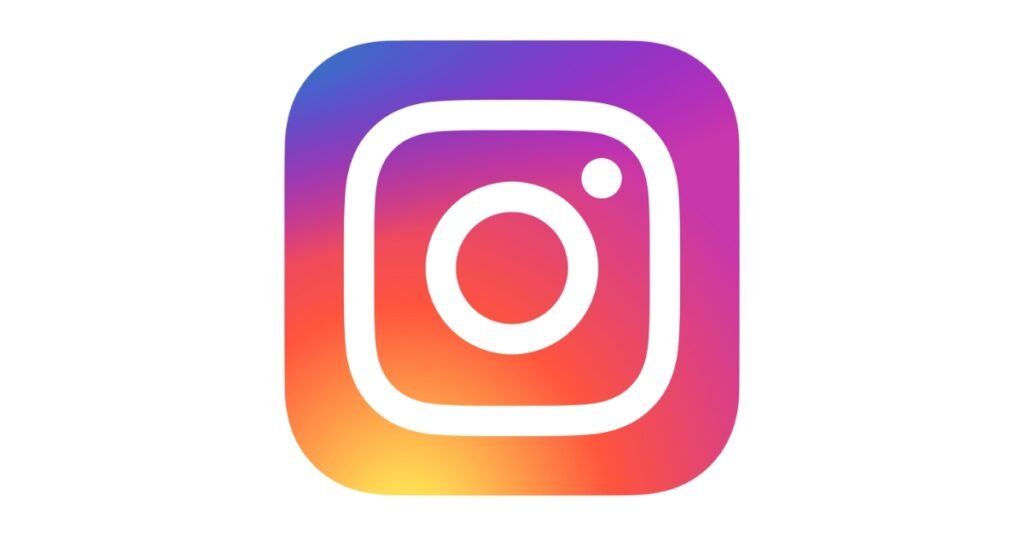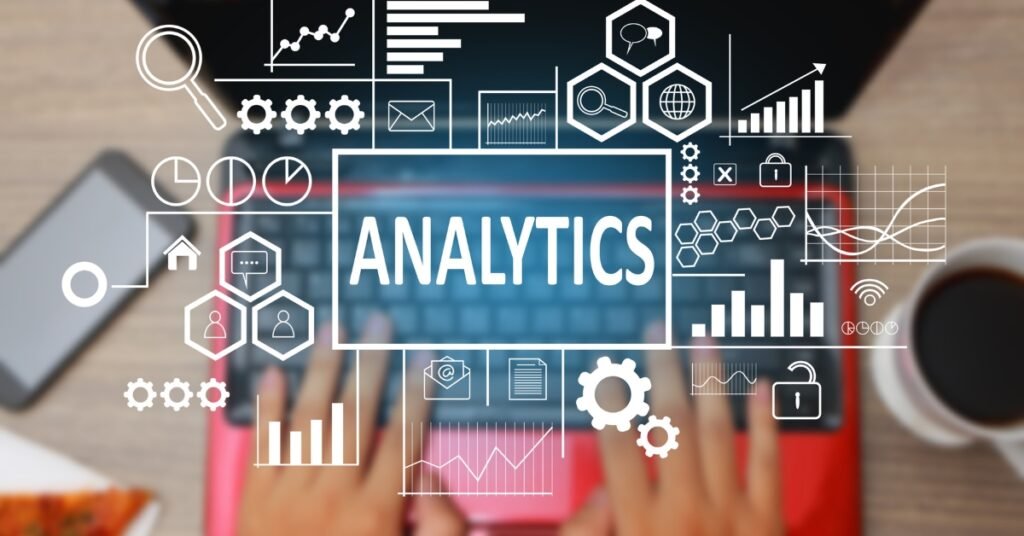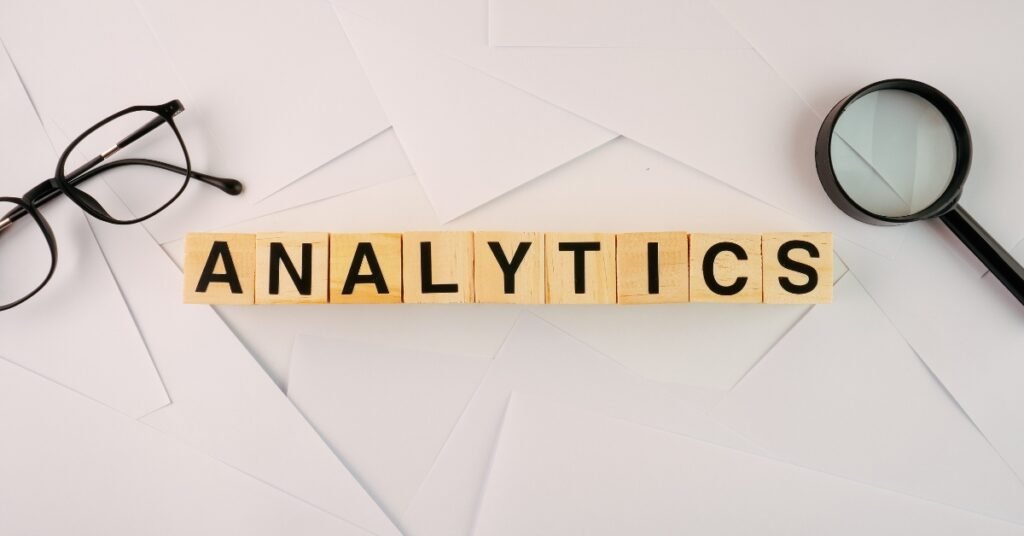Instagram is one of the most popular social media platforms, with over 1 billion active users. It is a great platform for businesses and individuals to showcase their products, services, and talents. However, to be successful on Instagram, you need to measure and improve your performance.
Table of Contents

What Are Instagram Analytics?
Instagram analytics are the tools that allow you to track the key metrics related to your Instagram performance. This data can range from the very basic, like the number of followers, to more advanced metrics like engagement rate, reach, and impressions. Instagram analytics help you better understand your audience, from when they’re most active to what type of content they enjoy engaging with the most.
Why Are Instagram Analytics Important?

Instagram analytics are important because they help you understand how your content is performing and what you can do to improve it. By analyzing your Instagram data, you can:
- Identify your most popular posts and content types
- Understand your audience demographics and behavior
- Determine the best times to post
- Measure your engagement rate and reach
- Track your follower growth and performance trends
- Optimize your content strategy to drive better results
How To Use Instagram Analytics

There are several ways to access Instagram analytics, including Instagram Insights, third-party tools, and social media management platforms.
Here are some steps to follow to use Instagram analytics:
- Switch to an Instagram Business Account: To access Instagram Insights, you need to switch to an Instagram Business Account. This will give you access to more advanced analytics features.
- Access Instagram Insights: Once you have switched to a business account, you can access Instagram Insights by tapping the three horizontal lines in the top right corner of your profile and selecting “Insights.”
- Analyze Your Performance Data: Instagram Insights provides a wealth of data on your account’s performance, including engagement rate, reach, impressions, and more. You can also view data on your audience demographics, including age, gender, and location.
- Identify Your Top-Performing Content: Use Instagram Insights to identify your most popular posts and content types. This will help you understand what your audience likes and what you should be posting more of.
- Determine the Best Times to Post: Instagram Insights also provides data on when your audience is most active. Use this data to determine the best times to post and maximize your reach.
- Optimize Your Content Strategy: Use the insights you gain from Instagram analytics to optimize your content strategy. Experiment with different types of posts, posting times, and content themes to see what works best for your audience.
Instagram Analytics Metrics To Measure
Here are some of the key Instagram analytics metrics you should be measuring to improve your performance:
- Follower Growth: This metric measures the number of followers you gain or lose over time. It is important to track your follower growth to understand how your content resonates with your audience.
- Engagement Rate: The engagement rate measures the percentage of your followers who engage with your content. This includes likes, comments, shares, and saves. A high engagement rate indicates that your content is resonating with your audience.
- Reach: Reach measures the number of unique users who see your content. It is important to track your reach to understand how many people are seeing your content.
- Impressions: Impressions measure the total number of times your content is viewed. This includes multiple views by the same user.
- Top-Performing Posts: Use Instagram analytics to identify your top-performing posts and content types. This will help you understand what your audience likes and what you should be posting more of.
Conclusion
Instagram analytics are a powerful tool for measuring and improving your performance on the platform. By analyzing your data, you can gain insights into your audience, content, and performance trends. Use these insights to optimize your content strategy and drive better results.
Frequently Asked Question
Q1: How can you measure performance on Instagram?
To measure performance on Instagram, you can track various metrics such as reach, impressions, engagement rate, follower growth rate, website clicks, and more. These metrics can help you evaluate the effectiveness of your content and audience insights and optimize your Instagram strategy accordingly.
Q2: How do you increase your reach on Instagram?
To increase your reach on Instagram, you can use hashtags and branded hashtags, post consistently, engage with your audience, collaborate with other accounts, and run Instagram ads.
Q3: Which is the best hour to post on Instagram?
The best hour to post on Instagram depends on your audience’s behavior and location. However, some studies suggest that the best times to post on Instagram are between 9 a.m. and 11 a.m. EST and between 1 p.m. and 3 p.m. EST on weekdays.
Q4: How many times should I post on Instagram to gain followers?
There is no one-size-fits-all answer to how many times you should post on Instagram to gain followers. However, posting consistently and frequently, such as once a day or a few times a week, can help you stay top of mind with your audience and increase engagement.
Q5: How many hashtags should I use on Instagram?
The number of hashtags you should use on Instagram varies depending on your content and audience. However, using 5–10 relevant hashtags per post can help you reach a wider audience and increase engagement.
Q6: What are the four types of influencers?
The four types of influencers are mega-influencers, macro-influencers, micro-influencers, and nano-influencers. Mega-influencers have over 1 million followers, while nano-influencers have less than 10,000 followers. Each type of influencer has its own benefits and drawbacks, and the best type for your brand depends on your goals and budget.
For more such blogs, visit Vpndigest.
